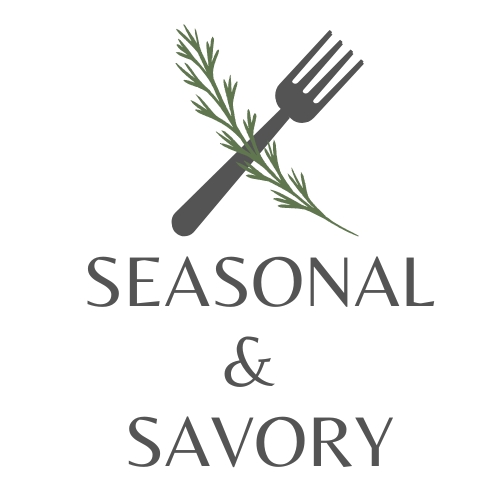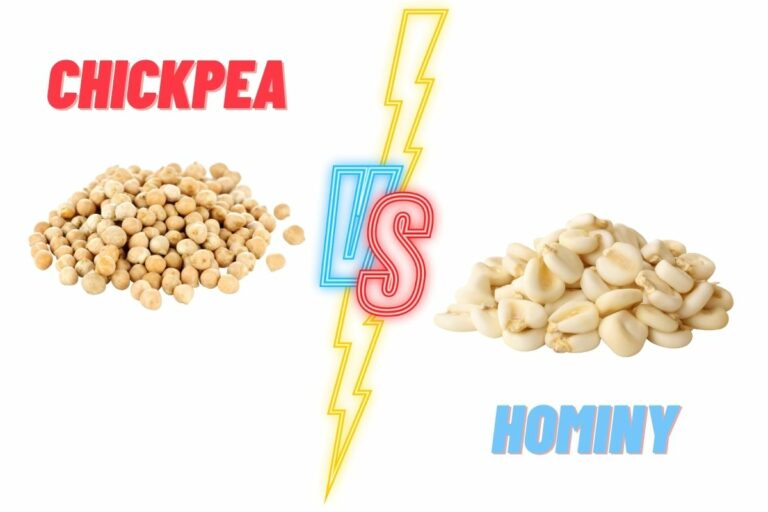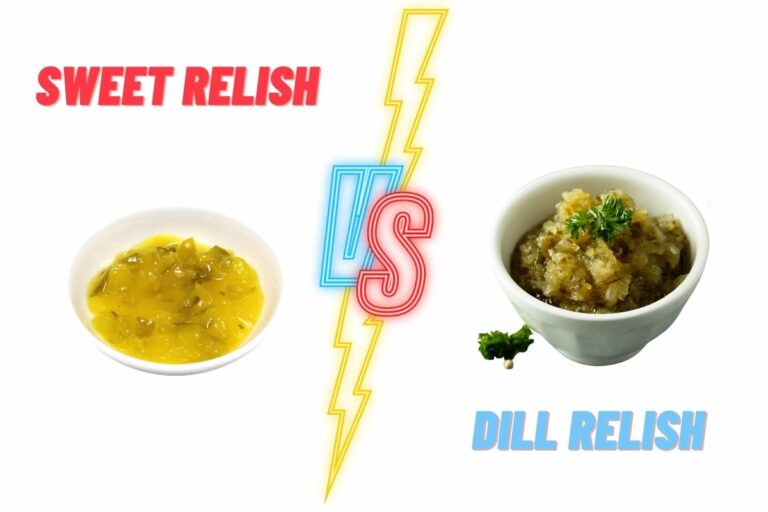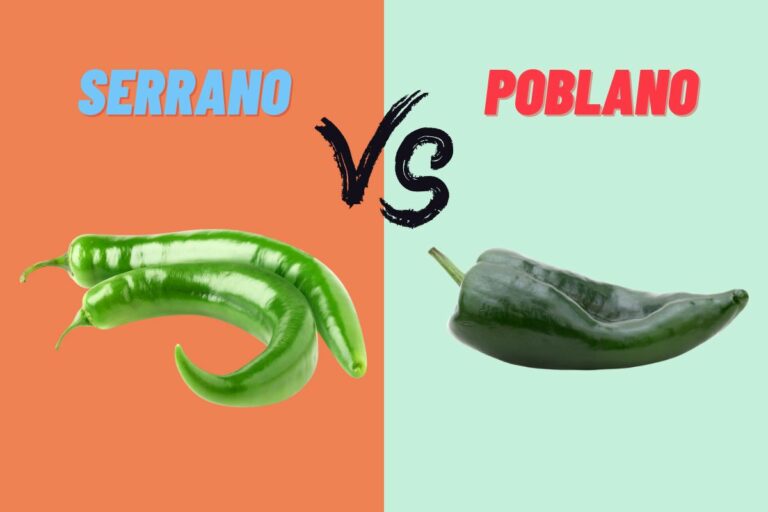Beef vs Veal
Beef and veal are two of the most popular source of red meat. However, the nutritional benefits of beef and veal have long been compared. Likely, you’ve also wondered, “What are the nutritional differences between beef and veal?”
In general, veal is younger than beef, which is the primary distinction between the two. The meat of a young animal tends to be softer. When compared to beef, veal has a higher total amount of fat and calories, making it a better option for those concerned with their diet.
Read on to find out more about the comparison between beef and veal, the nutritional difference between them, and the benefits and risks of eating beef and veal.
Nutritional Differences: At a Glance
Before we continue with the discussion, let’s first have a look at the differences in the nutritional content of beef and veal that are listed below.
| Component (Per 3 ounces) | Beef | Veal |
| Fat | 4.53 grams | 5.38 grams |
| Cholesterol | 77mg | 114mg |
| Protein | 30.3 grams | 30.7 grams |
| Calorie | 170 | 179 |
| B-12 Vitamin | 2.28 mg | 0,99 mg |
| Niacin | 3.196 mg | 8.976 mg |
| B-6 Vitamin | 0.238 mg | 0.306 mg |
| Sodium | 38 mg | 57 mg |
| Iron | 2.78 mg | 1.12 mg |
| Zinc | 3.83 mg | 3.37 mg |
Beef vs Veal: What Are They?
It is necessary to have an understanding of what beef and veal are in order to proceed with analyzing the differences between the two. Both of these red meat varieties come from cows. However, the key distinction between the two is the maturity of the cow at the time of slaughter.
Beef
Red meat from mature cattle, such as cows and bulls, is known as beef. In most cases, heifers and steers are used to harvest beef for consumption.
Young female cattle that have not yet reached sexual maturity are referred to as heifers, whereas young male cattle that have been castrated are known as steers.
Veal
The calves of both bulls and cows are used to harvesting veal, which is a red, soft flesh. In the same way that beef can come from either male or female calves, veal can come from either. Since veal is primarily sourced from dairy cows, male calves are the norm for this purpose.
Beef vs Veal: Nutritional Differences
You may be asking if there is a real difference between veal and beef given that both products originate from cows of varying ages. Although veal and beef cuts do share certain essential similarities, there are also, of course, some nutritional differences.
Fat Content
A 3-ounce meal of cooked veal top round contains 5.38 grams of fat, including 2.15 grams of saturated fat, which is an acceptable amount.
There are 114 milligrams of cholesterol in one serving of veal, which is 38 percent of the daily requirement value. The overall amount of fat contributes 8% of the recommended daily intake to the calorie intake.
Total fat is 4.53 grams, and saturated fat is 1.632 grams; this is slightly lower than what you’d get in a 3-ounce serving of cooked beef top round.
The cholesterol content of beef, at 77 milligrams, is lower than that of chicken by 26% of the recommended value.
Protein Content
Protein content in 3-ounce cuts of a top round is identical in beef and veal. The protein content of veal is 30.7 grams, while that of beef is 30.3 grams.
Calorie Content
On a daily calorie intake of 2,000, veal and beef accounts for about 8% of the total. There are 179 calories in a 3-ounce serving of cooked veal top round. On the other hand, you will get 170 calories from the same size and cut of beef.
Vitamin Content
B vitamins, which play a role in energy production and metabolism, can be found in plentiful supply in red meat. Veal has 0.99 micrograms of B-12, while beef has 2.28 micrograms.
Thiamin content is comparable between veal and beef at 0.051 milligrams per 100 grams. Compared to beef, which has 0.21 milligrams of riboflavin per serving, veal has 0.29 milligrams.
Niacin content in veal is 8.976 milligrams or 45% of the daily value. There is 3.196 mg of niacin in the same 3-ounce serving of beef.
When compared to beef’s 0.315% pantothenic acid content, veal’s 0.867mg is a significant improvement.
Vitamin B-6 levels in veal and beef are very close to one another, with 0.306 and 0.238 milligrams, respectively.
Veal and beef, on the other hand, are poor providers of vitamins A, E, and D. Beef contains a negligible quantity of vitamin K, while veal has 5.95 micrograms.
Minerals Content
Three ounces of top rounds from beef or veal contain 2% of the daily value for sodium. While beef contains 38 mg of sodium, veal has 57.
In a 3-ounce serving of cooked top round, there are 1.12 milligrams of iron. Similarly, the same serving of braised beef contains 2.78 milligrams of iron.
Approximately 25% of the zinc needed in a day can be found in red meat. Veal contains 3.37 milligrams of zinc, which is 22% of the daily value, while beef contains 3.83 milligrams, which is 26% of the daily value.
Is Red Meat Good for Your Health?
This is not a ‘yes or no’ type of answer. Read meats have both positive and negative effects on your health. Let’s discuss them in detail.
Health advantages of Read Meat
- Maintaining a healthy heart: As it contains little saturated fats, thinly sliced beef can have a beneficial effect on lipid risk factors for cardiovascular disease by lowering cholesterol levels and low-density lipoprotein counts. Saturated fatty acids are also reduced in veal due to their lower fat content.
A protein-rich diet may reduce the risk factors for cardiometabolic disease, according to one study, whether the diet included red meat or not.
- Diabetes: Studies have shown that a food that is high in protein through lean red meats and low in calories can reduce the risk factors for developing type 2 diabetes.
Risks and Drawbacks
- Cardiovascular Health: Despite these results, other studies have linked eating red meat of any kind, but notably processed varieties, to a marginally higher risk of heart disease and overall mortality.
Heart disease risk is reduced when soy, almonds, and legumes are substituted for red meat as a source of protein. Trimethylamine N-oxide (TMAO) is a molecule that is considered to be the culprit behind these negative consequences of consuming red meat.
- Cancer: Many studies have shown that eating red meat, especially processed red meat, can increase your chance of developing numerous different kinds of cancer.
Cancers of the intestines, throat, and lungs, as well as those of the pancreas, breast, and prostate, are all exacerbated by a diet heavy in red meat. Additionally, processed red meat increases the incidence of non-cardia stomach cancer and esophageal squamous cell carcinoma.
FAQs
Does veal cost more than beef?
Veal is typically more expensive per pound than beef from mature cattle. Producing veal is a good use for the byproduct of cheese making known as whey solids, and it also provides a market for dairy bull calves.
Is it still cruel to eat veal?
Abuse of young animals is inextricably linked to the veal industry. Calves have a very short life span and are taken away from their moms and their natural food supply (cow’s milk). Veal calves endure harsh conditions to produce tender meat.
Why did humans begin consuming veal?
Veal’s rich, tender taste has made it a culinary delicacy for generations. The Bible makes multiple references to “fatted calves,” or young cattle, as a preferred source of protein. The veal was popular in Roman cuisine and quickly became a staple in early European cuisine.
Conclusion
Thank you for reading this article all the way to the end. Despite their common origin in cows, veal and beef are remarkably distinct from one another.
The beef comes from older animals and is noticeably darker, more flavorful, and chewier than its younger counterpart, pork. Veal, on the other hand, is lighter and more tender than beef since it is derived from young calves.
While both beef and veal have positive and negative effects on health, veal is generally considered the better option. That’s because it’s healthier and leaner than beef, with more beneficial nutrients and fewer saturated fats.




